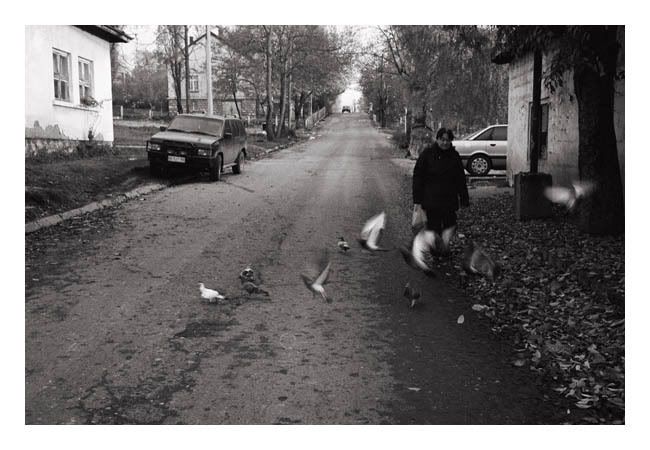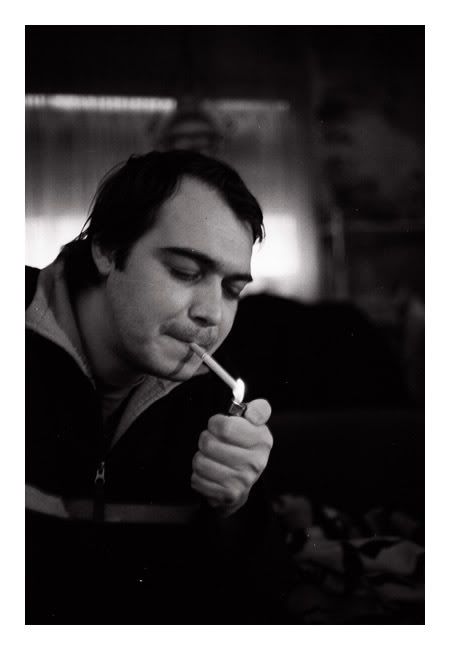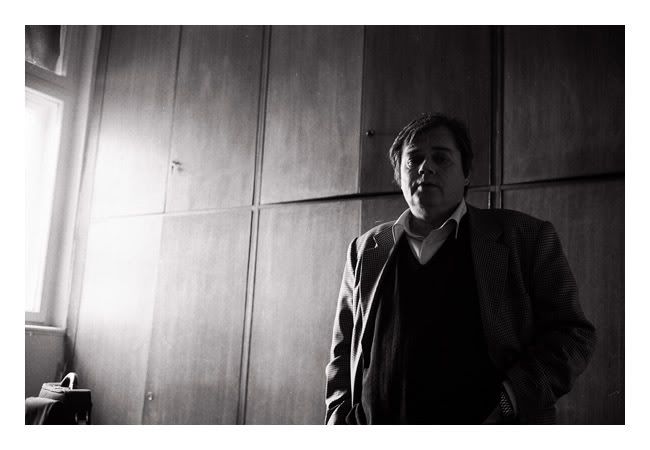Pherdinand
the snow must go on
Ned - do you really really think it's the lens that does it?
Now honestly. Really?
Now honestly. Really?
When I checked my M6TTL + 40mm Summicron-C, it was an almost perfect match with the 35mm frames on distances over a few meters. Closer than 3m or so, you need to frame a bit tighter (but not anywhere as tight as the 50mm frame). Making the 35mm frame show up instead of the 50mm one is pretty simple, just take out a file and remove about 1mm from a flange on the back of the lens.moonwrack said:When using a 40mm on an M-series, would you use the 35mm of 50mm frame lines?
EmilGil said:Making the 35mm frame show up instead of the 50mm one is pretty simple, just take out a file and remove about 1mm from a flange on the back of the lens.
BTW, this thread reminds me that I need to send my 40mm for a CLA as the focusing ring is very stiff...
If it only was that simple, my lens isn't modified! 😛Pherdinand said:LOL, maybe because of all the filed-off brass dust falling into the focus helicoid?😀 😛
EmilGil said:...I need to send my 40mm for a CLA as the focusing ring is very stiff...
Back to topic, here's Summicron 40mm:
borismach said:Really great shots! I thought the white spots ussually developed on this lens will be harmful to itd optical performance. How come there looks no impact on your photos...amazing!
🙂bm

Tight focus ring was a characteristic of the Summicron-C right out of the box.
The white spots (more precisely said small bubbles between elements)
Palaeoboy said:Sorry but this is simply not true. The front glass of the Rokkor 28 is a single element. It does not touch any other elements so cannot be bubbling between elements. The spots start to form on the black paint covered edges of that front element. Because this is not in the optical path it doesn't effect image quality. When the white spots, which I believe to be crystal leaching out of the black paint, find their way on to the rear of the front element it will begin to impact on optical quality.
The "white spots" are sign of separating lens elements in the front group. Normally they are glued together with Canadian balsam (or synthetic substitute), which can deteriorate with time.Palaeoboy said:Sorry but this is simply not true. The front glass of the Rokkor 28 is a single element. It does not touch any other elements so cannot be bubbling between elements. The spots start to form on the black paint covered edges of that front element. Because this is not in the optical path it doesn't effect image quality. When the white spots, which I believe to be crystal leaching out of the black paint, find their way on to the rear of the front element it will begin to impact on optical quality.







After some more research, it appears there are 3 theories about the spots: separation, crystalline growth or coating defect. Hard to tell which one is correct without taking a lens apart..varjag said:The "white spots" are sign of separating lens elements in the front group. Normally they are glued together with Canadian balsam (or synthetic substitute), which can deteriorate with time.
As mentioned in my earlier post its impossible for it to be lens separation and deterioration of some cement or balsam as the front group only consists of only one element. (Please see attached lens diagram)The "white spots" are sign of separating lens elements in the front group. Normally they are glued together with Canadian balsam (or synthetic substitute), which can deteriorate with time.
After some more research, it appears there are 3 theories about the spots: separation, crystalline growth or coating defect. Hard to tell which one is correct without taking a lens apart..
The white spots start at the rim of the lens not in the optical path where it is coated in black paint to reduce internal refections. At this stage it appears as a ring of while spots. (You can see the flat sides in the lens diagram where the white spots begin.) The fact that it starts here at the sides means it cannot be a coating flaw (for only the spherical/optical side are coated) or glue from elements glued together as there are no other elements.I haven't seen the lens disassembled only read about this issue - often mentioned as element separation. What I can confirm is that under first glass are small particles which look like bubbles, so you're probably right. i just wonder, why they look sheer if their origin is in black/white paint. Could be these are crystals from glue balsam?

